
Because of Washington state's
TEMPERATE CLIMATE,
ABUNDANT PRECIPITATION,
and
FERTILE SOIL

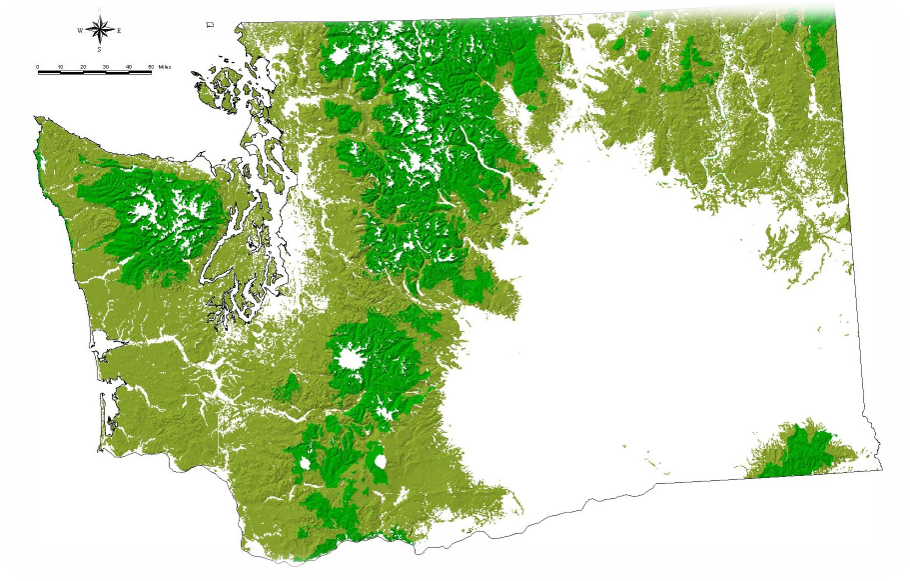
(that’s 1/2 of the state)
First, let's learn about Washington's four main forest regions.
Our state is fortunate to have diverse forest regions, each with distinct climate, wildlife, and vegetation. Read about these regions below and pay attention for the things that make them different from each other.
Take the quiz and add to your Junior Forester Apprentice score.
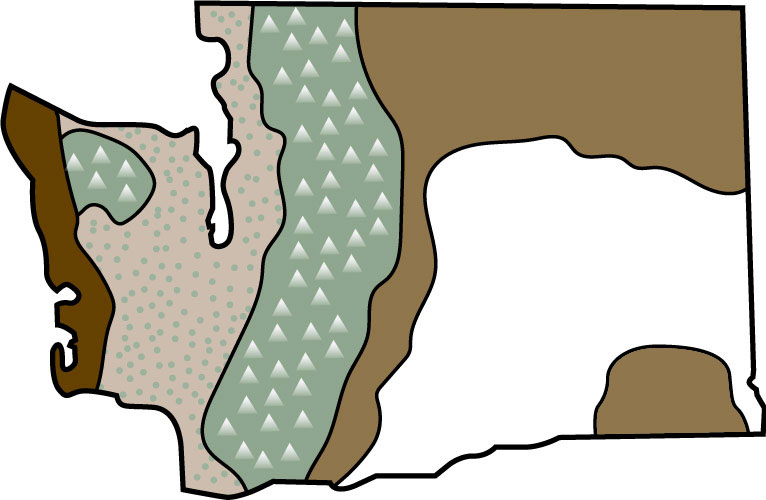

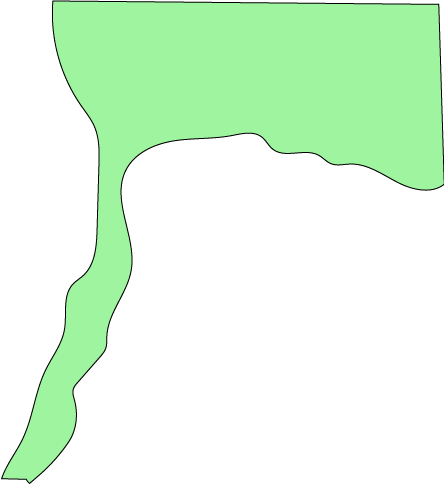



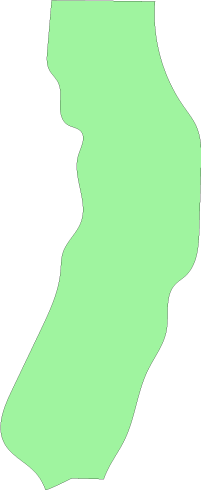

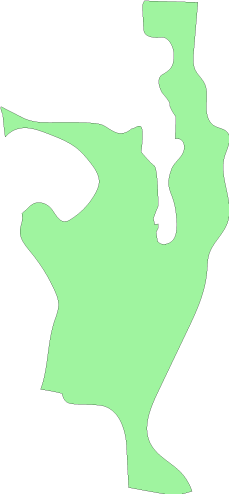




- Coastal
- Lowland
- Mountain
- Eastside
- Coastal
- Lowland
- Mountain
- Eastside
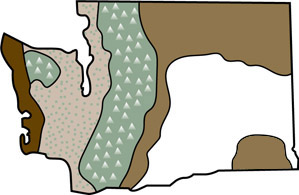



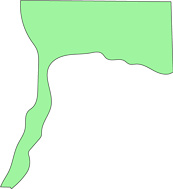








Foresters must consider and manage the unique growing conditions, climate, tree species, plant life, animals, and habitats that occur of each of the regions: Coastal, Lowland, Mountainous, and Eastside. They study the local conditions and tailor their forestry work to sustain and protect the native species in each forest region.
TEST YOUR KNOWLEDGE
Now, let's learn how to identify different trees just by looking at them.
There are two main tree types. How can you tell them apart?
CONIFEROUS
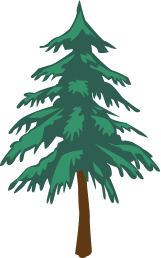
Conifers produce cones (like pinecones you would find on a walk in the forest) and stay green all year.
DECIDUOUS
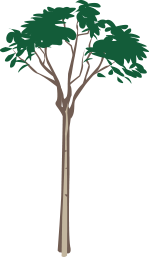
Deciduous trees drop their leaves in the fall and grow new leaves each spring.
Kelly has some neat, easy-to-remember ways to identify some of Washington's most common trees.
Watch this and then try it yourself on your next walk or hike.
Try these activities:
- Count how many different species of trees are in your yard or neighborhood.
- Describe the bark of the different trees.
- Write a story about your favorite tree.
- Draw a picture of your favorite tree.
- Collect the leaves of different tree species.
TEST YOUR KNOWLEDGE
Now, let’s get to know the most common tree species in Washington’s working forests a lot better.
Read each description and look for details that could help to tell one species from another.
WESTERN HEMLOCK
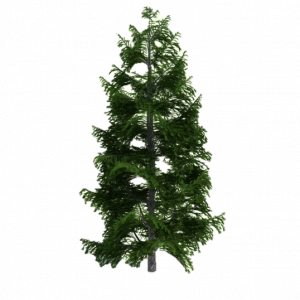
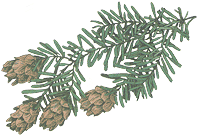
FIND IT: Mostly Coastal, also Lowland and Mountain. Found on moist sites
LOOK FOR:
Short, flat needles with rounded tips and two white lines on the underside. Needles grow on sides of branches forming a flat spray. Cones small, under 1 inch. Thin bark with red inside. Droopy top. Scientific name: Tsuga heterophylla.
USED FOR: Lumber, treated lumber, newsprint, paper and paper products.
Did you know Western Hemlock is the Washington State Tree?
DOUGLAS-FIR
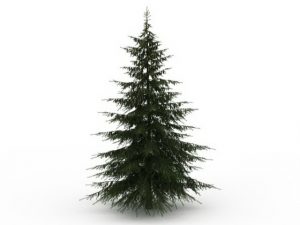
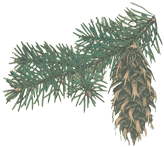
FIND IT: All four regions, most common in Coastal and Lowland.
LOOK FOR:
Single yellow-green needles, about 1 inch long that encircle the stem and twist at the base with two white bands underneath. Cones up to 4 inches long, with pitchfork-shaped bracts protecting the seeds. Bark deeply furrowed on mature trees. Top erect.
Scientific name: Pseudotsuga menziesii.
USED FOR: MAinly lumber, also used for plywood, Christmas trees, paper and paper productS.
Did you know Douglas-fir was names after David Douglas, a Scottish botanist?
western red cedar
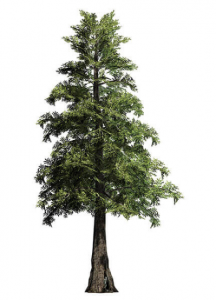
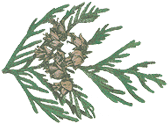
FIND IT: Mostly Coastal and Lowland, also Mountain and Eastside. Usually grows in moist areas and in shade of other trees.
LOOK FOR:
Tiny, flat, sale-like needles that grow in alternating pairs, tightly pressed to the stem forming spray-like branches. Very small cones, under 1 inch long. Stringy bark that can be pulled off in long strips. Scientific name: Thuja plicata.
USED FOR: Shakes, shingles, decking, interior and exterior siding and fencing, and wood chips to make medical masks and gowns.
Did you know Western Red Cedar chips are used to make medical masks and gowns?
Sitka Spruce
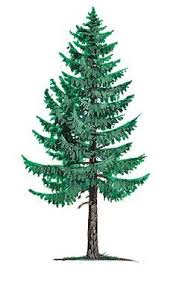
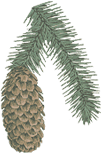
FIND IT: Coastal and Lowland
LOOK FOR:
Sharp, stiff, bluish-green needles 1-inch long needles that encircle the twigs. Pale, slender cones up to 4 inches long. Bark forms plates the size of silver dollars. Most tops have been attacked and killed by the Spruce budworm. Scientific name: Picea sitchensis.
USED FOR: LUMBER, PAPER, MUSICAL INSTRUMENTS, AND LADDERS.
Did you know Sitka Spruce is used to make sounding boards in pianos and other musical instruments such as violins and guitars?
Ponderosa Pine
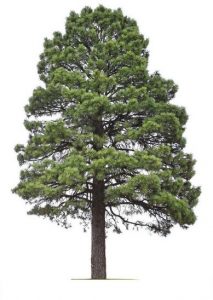
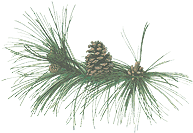
FIND IT: Eastside region on dry soils
LOOK FOR:
Long, needles, 5-10 inches, yellow-green, 3 per bundle. Cones 3-6 inches long, round with sharp tips. Bark of older trees orange-brown, with broad, flat scaly ridges and deep furrows.
Scientific name: Pinus ponderosa.
USED FOR: Lumber, decorative molding, furniture wood and pilings.
Did you know Ponderosa Pine seeds are an extremely valuable food source for birds and squirrels?
Red Alder
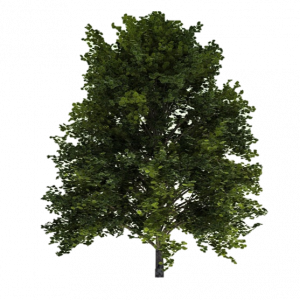
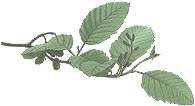
FIND IT: Coastal and Lowland
LOOK FOR:
Oval-shaped leaves, 3-6 inches long, shiny green, with serrated edges and pointed tips. Cones small 1 inch. Splotchy gray bark. Scientific name: Alnus rubra.
USED FOR: Furniture wood, pallets, cabinets, paneling, paper, and paper products.
Did you know Red Alder grows fast, up to 1 meter per year until age 20?
Pacific Yew
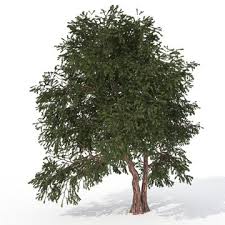
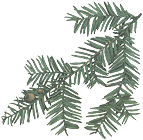
FIND IT: Coastal, Lowland, and Mountain
LOOK FOR:
Dark-green needles, 1 inch, with pointed ends. Fruit is a single seed surrounded by a scarlet, cup-shaped “berry.” Thin, dark purplish, scaly bark. Small tree that lives in the shade of other trees.
Scientific name: Taxus brevifolia.
USED FOR: Archery bows, canoe paddles, cabinetry, furniture, MUSICal INSTRUMENTS & cancer-fighting drugs.
Did you know the most well-known natural-source cancer drug in the United States, Taxol, is derived from the bark of the Pacific yew tree?
Tree of Choice
Douglas-fir
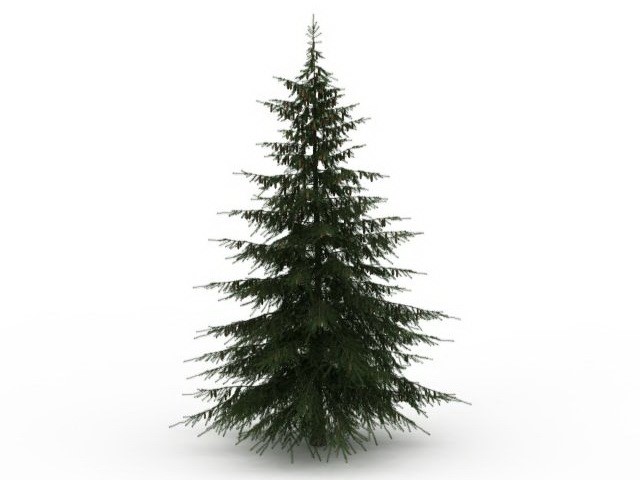

It grows so well in all of our forest regions, and because its wood is prized worldwide for its strength and durability, Douglas-fir is often the tree of choice for many Washington forest landowners. The tree’s intolerance of shade means Douglas-fir grows best in open sunlight. That’s why it does so well in land cleared by harvesting, wildfire, or even volcanic eruption.
benefit of trees
TEST YOUR KNOWLEDGE
How can you determine the age of a tree?
Watch Kelly to find out.
Try these activities:
- Count the whorls of a tree in your yard or neighborhood.
- Draw a picture of a tree with layers.
- Write a story about trees.
- Count the growth rings of a tree cookie.